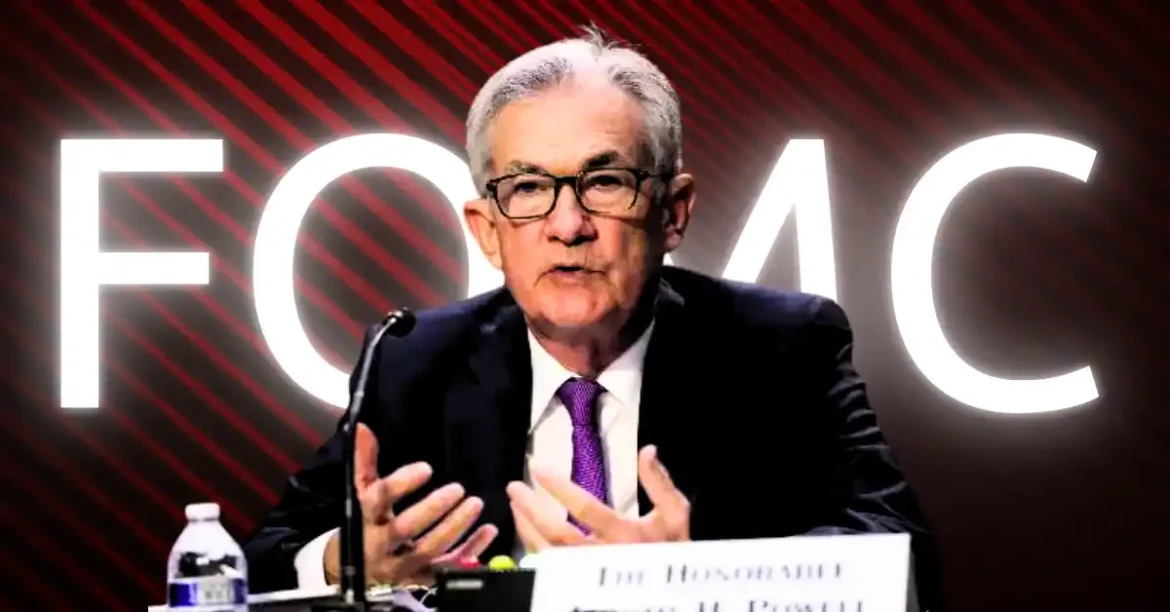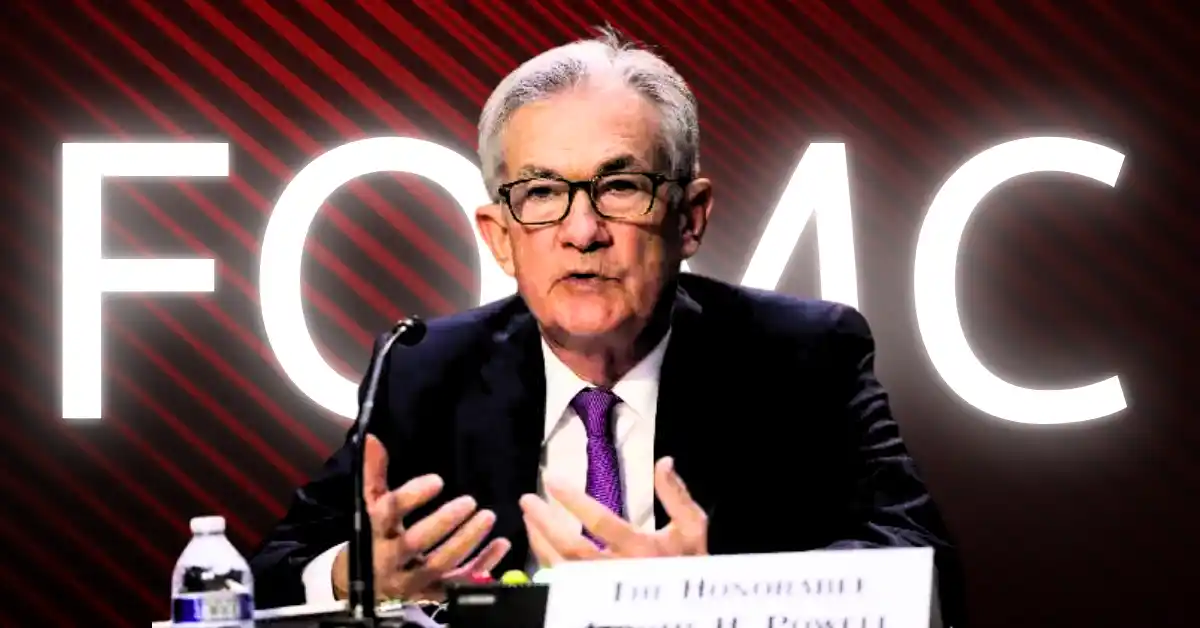The Tightrope Walk: The Fed, Trump, and the Dance of Interest Rates
Introduction
The relationship between the Federal Reserve and the executive branch has always been a delicate dance. The Fed, designed to be independent to ensure objective monetary policy, often finds itself under scrutiny – and sometimes outright pressure – from the White House. During Donald Trump’s presidency, this dynamic reached a fever pitch, particularly concerning interest rate policy. The constant tension between the Fed’s cautious approach and Trump’s vocal demands for rate cuts painted a fascinating picture of economic strategy, political influence, and the inherent challenges of navigating economic uncertainty.
The Fed’s Position: A Wait-and-See Approach
Throughout much of Trump’s presidency, the Federal Reserve, led by Chair Jerome Powell, adopted a largely “wait-and-see” approach to interest rate adjustments. This cautious stance stemmed from a variety of factors.
Inflation Concerns
A primary concern was the potential for rising inflation. Trump’s imposition of tariffs on imported goods, particularly from China, threatened to increase costs for businesses and consumers, potentially leading to inflationary pressures. The Fed was wary of cutting interest rates too aggressively, fearing it could further fuel inflation and destabilize the economy.
Economic Uncertainty
The trade war itself created significant economic uncertainty. The Fed needed to carefully assess the impact of tariffs on economic growth, business investment, and consumer spending. Prematurely cutting rates, based on incomplete information, could have unintended and potentially harmful consequences.
Maintaining Independence
Perhaps most importantly, the Fed sought to maintain its independence from political pressure. Repeated public demands from the President for rate cuts risked undermining the Fed’s credibility and perceived objectivity. By resisting this pressure, the Fed aimed to demonstrate its commitment to data-driven decision-making, free from political interference.
Trump’s Perspective: Stimulus Through Lower Rates
President Trump, on the other hand, consistently advocated for lower interest rates, often in very public and direct terms. His rationale centered on stimulating economic growth and boosting the stock market.
Boosting Economic Growth
Trump believed that lower interest rates would encourage borrowing and investment, leading to faster economic growth. Lower rates would make it cheaper for businesses to expand operations, hire new employees, and invest in new technologies.
Weakening the Dollar
Another potential benefit of lower interest rates, in Trump’s view, was a weaker dollar. A weaker dollar would make U.S. exports more competitive on the global market, potentially shrinking the trade deficit and boosting domestic manufacturing.
Political Considerations
There were also likely political considerations at play. A strong economy and a rising stock market were key components of Trump’s re-election strategy. Lower interest rates, even if their long-term impact was uncertain, could provide a short-term boost to these indicators, improving his political standing.
The Clash: Independence vs. Influence
The conflict between the Fed’s cautious approach and Trump’s aggressive demands highlighted the tension between central bank independence and political influence. The President’s repeated calls for rate cuts were unprecedented in recent history, and they raised serious concerns about the potential for political interference in monetary policy.
Undermining Credibility
Trump’s public criticism of the Fed and Chair Powell risked undermining the central bank’s credibility. If the public perceived that the Fed was being swayed by political pressure, it could lose confidence in its ability to manage the economy effectively.
Data-Driven vs. Politically Driven
The core of the conflict was the difference between a data-driven and a politically driven approach to monetary policy. The Fed aimed to make decisions based on economic data and analysis, while Trump appeared to prioritize short-term economic gains that could benefit his political prospects.
The Limits of Presidential Power
This situation tested the limits of presidential power over the Federal Reserve. While the President appoints the Fed Chair and has some influence over the composition of the Board of Governors, the Fed is ultimately an independent agency, free to make its own decisions about monetary policy.
The Outcome: A Delicate Balance
Despite the constant pressure from the White House, the Fed largely maintained its independence and adhered to its data-driven approach. While the Fed did eventually lower interest rates during Trump’s presidency, these decisions were justified by economic data and were not solely a response to political pressure.
Rate Cuts Justified by Data
The Fed’s rate cuts were primarily driven by concerns about slowing global growth, trade tensions, and low inflation. While Trump’s tariffs undoubtedly played a role in these concerns, the Fed framed its decisions as being based on broader economic conditions.
Maintaining Independence
By resisting Trump’s most aggressive demands, the Fed sent a clear message that it would not be swayed by political pressure. This helped to preserve the central bank’s credibility and maintain its ability to manage monetary policy independently.
Lessons Learned: The Importance of Central Bank Independence
The experience of the Trump presidency underscores the critical importance of central bank independence. When monetary policy is driven by political considerations, it can lead to suboptimal economic outcomes, such as excessive inflation or asset bubbles.
Ensuring Long-Term Stability
Central bank independence allows policymakers to focus on long-term economic stability, rather than short-term political gains. This is essential for maintaining price stability, promoting full employment, and fostering sustainable economic growth.
Building Public Trust
A credible and independent central bank is more likely to earn the public’s trust. This trust is essential for the effective implementation of monetary policy, as it allows the central bank to influence expectations and guide economic behavior.
Protecting Against Political Interference
Strong legal and institutional safeguards are needed to protect central banks from political interference. This includes clear mandates, fixed terms for policymakers, and transparent decision-making processes.
Conclusion: Navigating the Future
The relationship between the Federal Reserve and the executive branch will always be a complex and challenging one. The key is to maintain a balance between accountability and independence, ensuring that the Fed is responsive to the needs of the economy while remaining free from undue political influence. The tightrope walk continues, and the lessons learned from the Trump era will undoubtedly shape the future of monetary policy in the United States.





